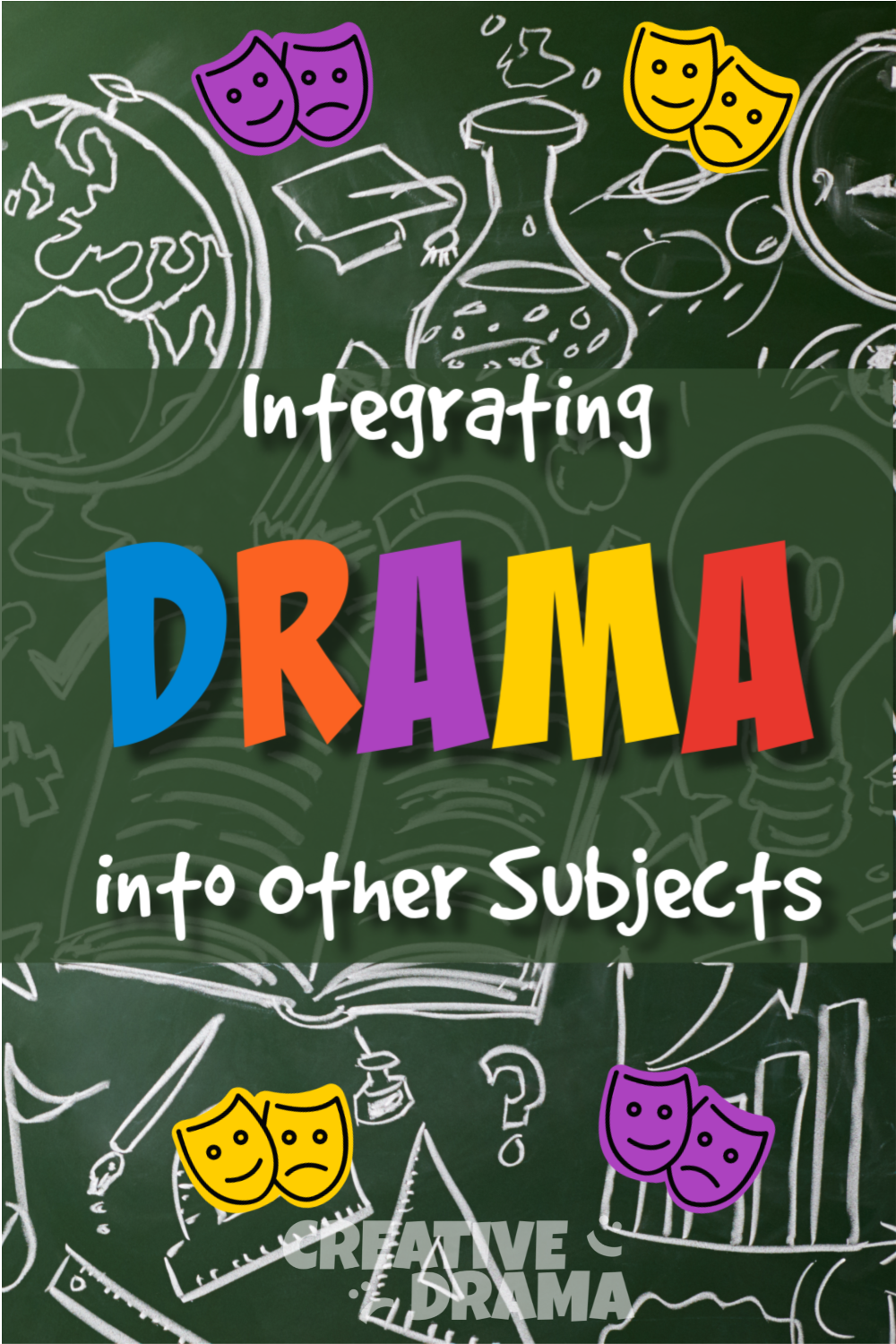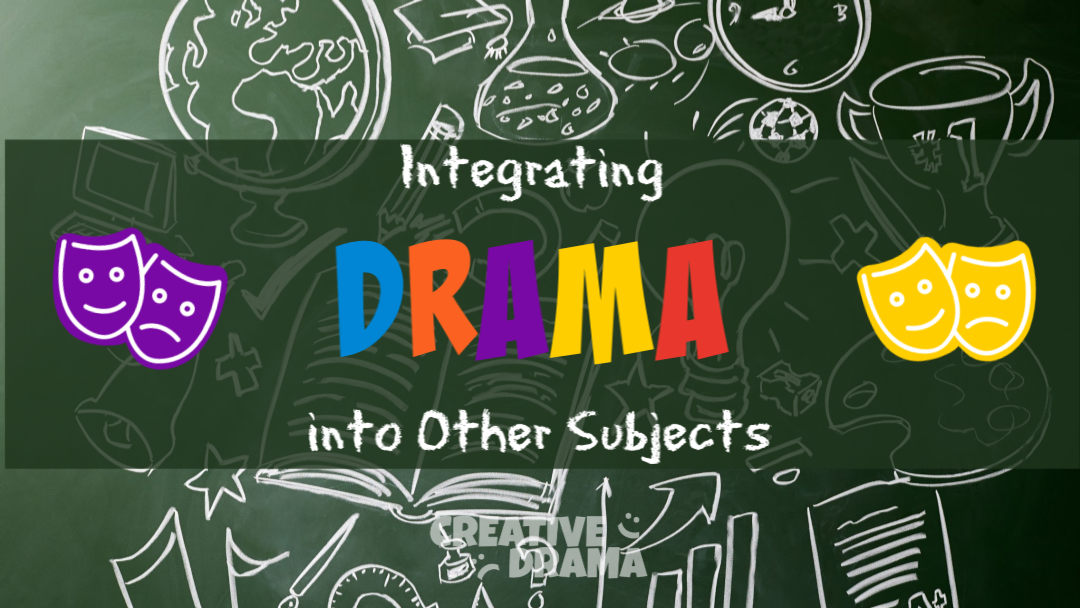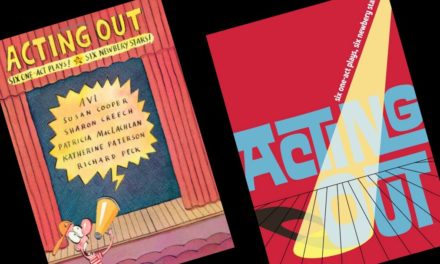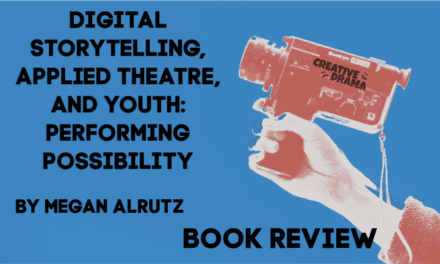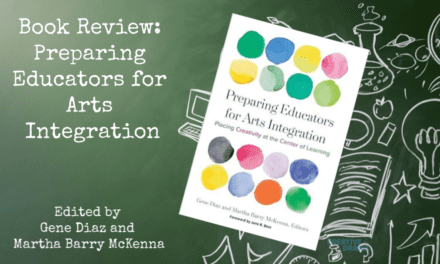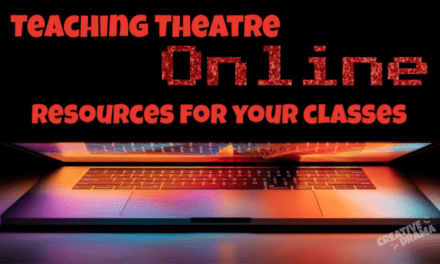Have you thought about integrating Drama into other subjects? Because theatre is an art that encompasses and integrates the other arts into its form, it is uniquely positioned for Arts Integration in the classroom. Theatre educators have written about the power of using drama to teach other subjects for a very long time. In Hilliard, McCormick, and Ogleby’s Amateur and Educational Dramatics (1917) from the early 1900s, the authors included adult learners along with children. Geraldine Brain Siks has several examples in her Creative Dramatics: An Art for Children (1958). The work of Winifred Ward and Dorothy Heathcote in the mid-20th century also encompassed cross-curricular experiences.
However, you may find that some of the suggestions – activities and literature – from these books will no longer work for your 21st-century students.
Here are some more recent resources that will help…
RECOMMENDED & RECENT BOOKS
A Dramatic Approach to Reading Comprehension by Lenore Blank Kelner and Rosalind M. Flynn
Portsmouth, New Hampshire, Heinemann, 2006.
Kelner and Flynn explain how to incorporate the dramatic techniques of story dramatization, tableau, human slide shows, and character interview into literature studies. The authors provide detailed guidelines, planning sheets, rubrics, and checklists for use in the classroom. In addition to “Works Cited” and “Suggested Reading” sections, the authors provide a wonderful list of “Suggested Books for Story Dramatization” at the end of the book.
Dramatizing the Content with Curriculum-Based Readers’ Theatre: Grades 6-12 by Rosalind M. Flynn.
Newark, Delaware: International Reading Association, 2011
Dr. Flynn is the head of the Master of Arts in Theatre Education program at Catholic University’s Rome School of Music, Drama, and Art. In this book, she presents a step-by-step method for developing readers’ theatre scripts featuring content from class curricula. Curriculum-Based Readers’ Theatre, or CBRT for short, features plenty of engagement from the participants, no need for technical elements, and plenty of opportunity for humor.
By starting with their curriculum content objectives, teachers can ensure that the information and concepts students need to learn are in the scripts. Flynn shows teachers how to collaborate with students in creating a CBRT script as a class and how to guide students in writing their own pieces. There are plenty of sample CBRT scripts included in the text, and teachers can effectively adapt the techniques for elementary students.
Deepening Comprehension with Action Strategies by Jeffrey D. Wilhelm
New York: Scholastic, 2011
Wilhelm explains many strategies for engaging students through drama in the subjects of literature, history, and writing. He’s used the techniques of hot-seating, the mantle of the expert, and talking statues in addition to several others. There is an edition of the book that comes with a DVD. Wilhelm is a professor of English Education at Boise State University, and has written many books on literacy strategies and drama integration.
REVIEWED
I’ve written in-depth reviews of three recent books on drama integration:
Drama-Based Pedagogy: Activating Learning Across the Curriculum by Kathryn Dawson and Bridget Kiger Lee – Intellect Limited, 2018
Preparing Educators for Arts Integration: Placing Creativity at the Center of Learning edited by Gene Diaz and Martha Barry McKenna – Columbia University Teachers’ College, 2017
Transforming Teaching and Learning with Active and Dramatic Approaches: Engaging Students Across the Curriculum by Brian Edminston – Routledge, 2014
MY “TO READ” LIST
These Arts Integration books are on my “To Read” list; let me know if you’ve read them!
- Renaissance in the Classroom: Arts Integration and Meaningful Learning by Gail E. Burnaford, Arnold April, and Cynthia Weiss (eds.) – Routledge, 2001
- This Book Is Not About Drama…It’s About New Ways to Inspire Students by Myra Barrs, Bob Barton, and David Booth – Pembroke Publishers, 2012
READER’S THEATRE
A Readers’ Theatre script is a great way to get kids on their feet, reading, and learning simultaneously. The subject of a Readers’ Theatre script can be almost anything in your curriculum.
If you’re interested in Readers’ Theatre for your classroom, there are plenty of scripts available. Check out some texts from your public library to start, so you can determine the quality of the content and the writing before investing in a text to use in class. Resources vary widely in their accuracy and literary merits!
Look for pieces that have quick-moving lines, so no one has to wait too long to speak. Good readers’ theatre scripts use humor, literary devices, and plenty of opportunities for participants to share their talent.
Rosalind Flynn has a series of Curriculum-Based Readers’ Theatre Scripts in book form, as well as some sample scripts.
Zachary Hamby has a well-reviewed series of Readers’ Theatre Scripts on Greek Mythology called Reaching Olympus with great illustrations.
ONLINE RESOURCES
The Kennedy Center’s ArtsEdge has multitudes of lessons for all subject areas – here’s their Arts Integration page.
The Arts Education Partnership is an interagency effort between the National Endowment for the Arts and the U.S. Department of Education. A search for “Arts Integration” on the website provided lots of links.
In 2016, the Getty Museum hosted “5 Inspiring Perspectives on Arts Integration” – an event featuring “Ted talk”-style speeches from five speakers who discussed Arts Integration in California schools.
Chicago Arts Partnerships in Education (CAPE) conducted a study on the impact of arts integration called the PAIR Project and shared its results online.
The State Education Agency Director of Arts Education is an association of state-level education personnel; they have several PDFs available on their Resources page.
The EducationCloset advocates for Arts Integration and STEAM; they have a lot of resources on their Arts Integration page, including videos and a PDF of Arts Integration Strategy Cards for K-12 classrooms.
